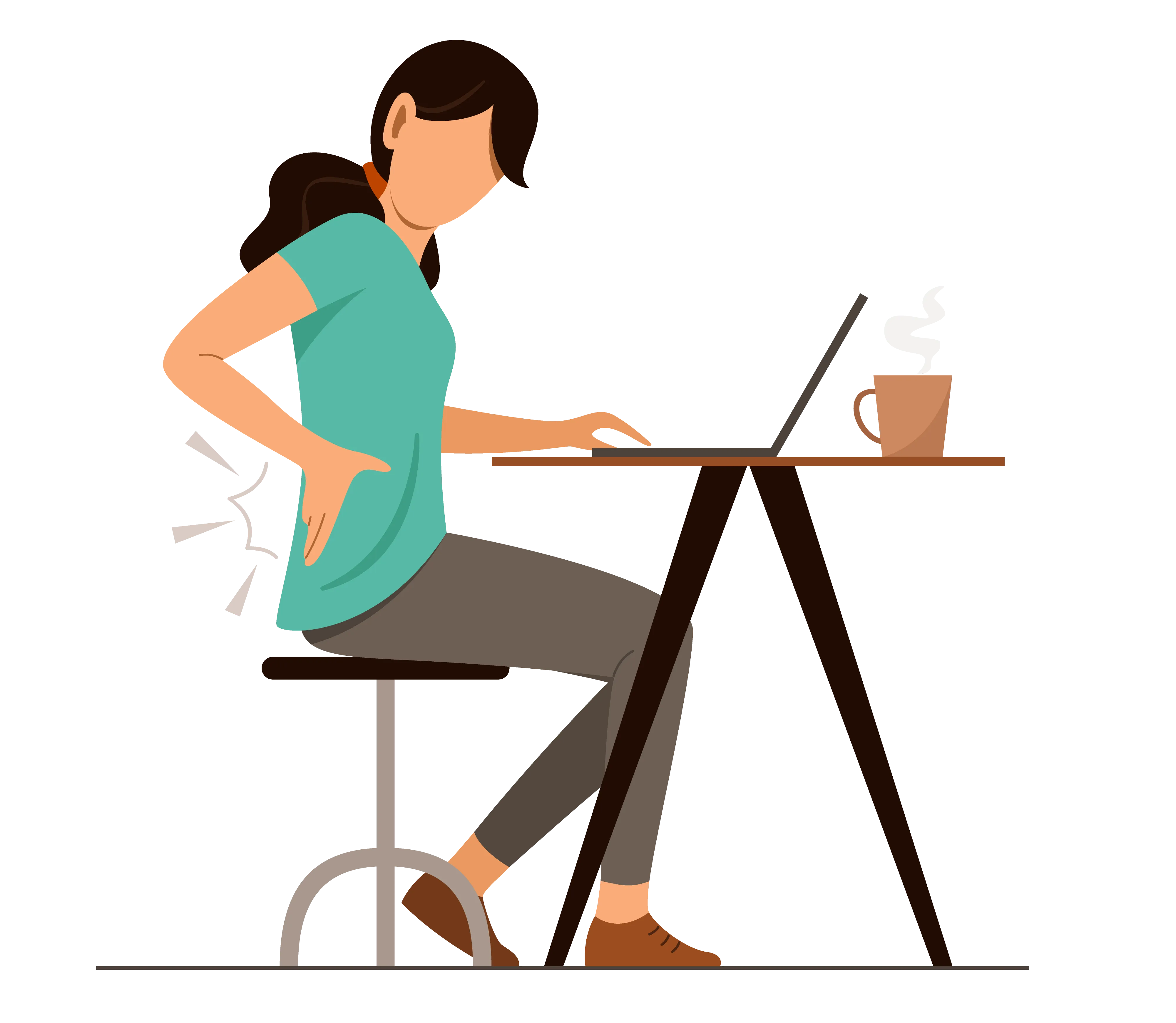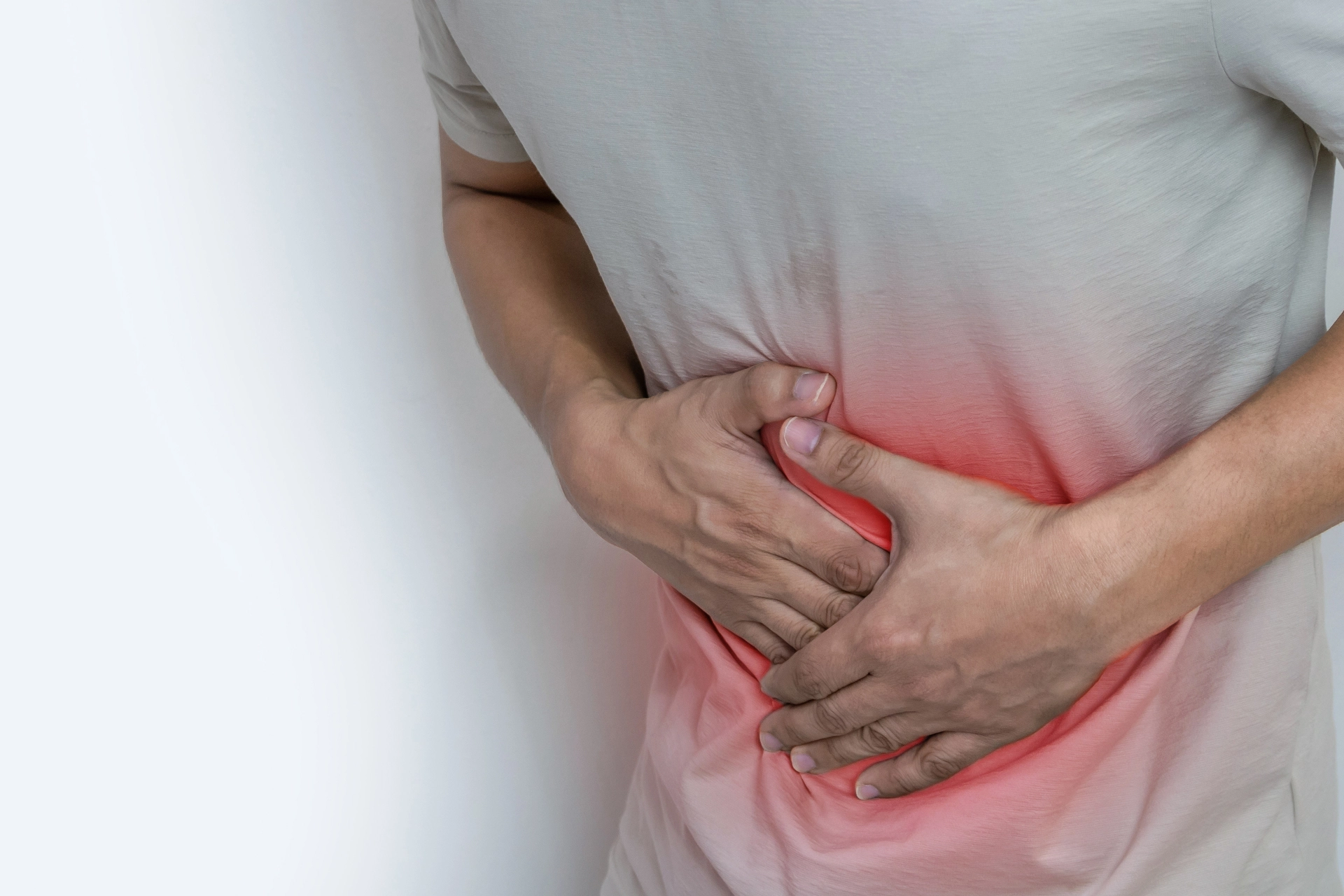Ayurveda | 10 min read
Ayurveda For Back Pain: Treatment, Home Remedies, Massage
Medically reviewed by
Table of Content
Key Takeaways
- Ayurvedic treatment for back pain provides effective healing from the root
- Follow ayurvedic self-care tips at home as an extension of your treatment
- Give sufficient rest to your muscles with ayurvedic tips for good sleep
Did you know that back pain is one of the most common reasons for which most people miss work? It’s true! Back pain affects your soft tissue structures such as muscles, ligaments, nerves, and intervertebral discs. A day’s rest can only give you partial relief from chronic back pain. Relaxing your lumbar muscles with exercises may not help as the pain may return as soon as your body is stressed. That is why you need a more holistic approach like an ayurvedic treatment for back pain to get healed from within.
When you undergo such a treatment for chronic back pain, a specialist will prescribe ayurvedic medicine for joint and muscle pain. You will also get ayurvedic self-care tips that can boost the process. Both of these can help you reduce pain and live a more balanced lifestyle without adding pressure to your body.
Ayurveda addresses the root cause of pain and illness, allowing you to stay healthy naturally. Read on to know more about ayurvedic treatment for back pain.
 Additional read:Ayurvedic Self-Care Tips
Additional read:Ayurvedic Self-Care TipsPrimary Causes Of Back Pain
Back pain most often happens because of some restrictions in the way your spinal joints, muscles, discs, and nerves are attached to each other. It also occurs due to the way all these components move together. You may feel pain in your back due to a lot of underlying reasons, as follows.
- Muscle or ligament strain is caused due to rigorous heavy lifting or a sudden difficult movement. It can leave you with unbearable spasms.
- Bulging or ruptured disks can put pressure on the nerve, which leads to severe back pain, unless the problem gets treated.
- Spinal degeneration caused by disc wear and tear leads to a contraction of the spinal canal. It causes chronic pain if you are walking or standing for a long time.
- Arthritis and skeletal irregularities are the other prominent causes of back pain.
- Fibromyalgia, a chronic disorder, generally leads to widespread musculoskeletal pain.
- Spondylitis is another common reason for chronic back pain and stiffness. It is caused by severe infection to or inflammation of the spinal joints.
In cases of chronic back pain, doctors usually conduct a few tests to identify the underlying reasons and start treatment accordingly.
Ayurvedic Treatment For Back Pain
Ayurveda is a system of medicine that focuses on treating the person rather than just the symptoms of a particular condition. For example, the Ayurvedic approach to treating back pain involves addressing various factors, including diet, lifestyle, and herbal remedies.
One aspect of this approach involves correcting bad posture, which can lead to an imbalance of Vat, one of the three doshas in Ayurveda. This imbalance can be corrected using herbal medications and detoxification techniques such as Panchakarma, which includes enemas to strengthen the bones and joints and reduce back pain.
Another aspect of Ayurvedic treatment for back pain involves massaging the affected area with warm, medicated oil (Abhyanga) and using techniques such as Kati Vasti to balance the doshas. The practice of Pranayama, or controlled breathing, can also help to balance Vat.
In addition to these lifestyle changes, Ayurveda recommends following a warm, sour, and salty diet to pacify vitiated Vat. Using thermal microcautery (Agnikarma) and herbs such as Guggul, Nirgunty, Shalaka and ginger can also help reduce back pain.
Sukh Ayurveda Detox Therapies
These treatments are designed to get rid of toxins from the body and improve circulation. They may include various massages, such as Abhyangam and Herbal bun (postal) massage, purgation (a form of cleansing the digestive system) and mild herbal enemas. In addition, Kadivasti, a specific type of treatment in which warm medicated oil is applied to the lower back, is also often used. These treatments balance the doshas (specific functioning modes in the body) and create an ideal internal environment for healing.
Proper nutrition
It is important to avoid foods that are hard to digest and may worsen lower back pain, such as milk, caffeine, and certain pulses. Instead, focus on nourishing, easy-to-digest foods that cleanse the body, strengthen digestion, and balance the doshas.Ayurvedic herbs
Specific herbs may be used to alleviate Vat and Kaph doshas which are believed to be responsible for lower back pain. Examples of herbs that may be used include Guggul Nirgunty, Shalaka and Ginger. These herbs are typically most effective after completing a Detox program.
Lifestyle and daily routine
It is important to have a lifestyle that does not disturb the body's natural rhythms to maintain healthy functioning. This may include avoiding activities that strain the lower back, using pillows or rolled towels to support the back while sitting or sleeping, and practicing impact exercises such as swimming, walking, and biking.
Yoga
Yoga can be a helpful non-dietary regimen for improving digestion, circulation, and nervous system function, as well as the body's natural healing response. A healthy lifestyle and daily routine, including yoga and low-impact exercises, can help alleviate lower back pain. Specific yoga postures such as Shallabh asana, Nauka asana, and Bhujang asana may be recommended, as well as other asanas, based on the individual's specific needs.
Ayurvedic Massage For Back Pain
There is no ayurvedic pain killer that gives you instant relief from chronic back pain. However, ayurvedic treatment for back pain involves a specialist analyzing your condition by taking into consideration your energy and body structure. In Ayurveda, back pain is referred to as Kati Shola or Kati Graham. Ayurveda considers that chronic back pain is an imbalance or Vikriti of Vata Dosha (the energy principle of air and ether). So, the ayurvedic treatment for back pain works towards correcting this.
Nidana Parivarjana
Nidana Parivarjana is the first step towards an effective ayurvedic treatment for chronic back pain. This refers to managing or reducing the cause of a health issue. At this stage, the specialist understands the Prakriti (your body constitution) and Vikriti (how you can prevent or ease lower back pain with the knowledge of your body). This step is most vital, as in ayurveda there is no ‘one size fits all’ approach. So, administration of Panchakarma (detoxification therapies) is customized as per the condition of a patient.For back pain, Vasthi or enema is clubbed with the other therapies like:
Podikizhi
A massage for the whole body or the affected area using muslin pads with a 12-herb mixture that reduces pain, increases blood circulation and treats injuries.
Elakizhi
A massage on the affected area using medicated and heated leaves and herbs in a bundle. This practice encourages sweating and offers relief to your bones and joints.
Abhyanga
A full body medicated oil massage that can be done on your own or with one of two therapists to detox and nourish tissues.Often, these are combined with ayurvedic medicine for joint and muscle pain. These contain herbs such as ginger, guggul, and haridra and are prescribed as per your constitution. This is an effective method that can offer immense benefits and prevent the reoccurrence of chronic back pain.
Additional Read: How to Improve your Diet and LifestyleAyurvedic Home Remedies For Back Pain
Capsaicin
It is an active compound found in chilli peppers that has pain-relieving and anti-inflammatory properties. It is often used to treat muscle and joint pain, including back pain. Capsaicin can help reduce inflammation and ease muscle discomfort when applied topically or consumed in small amounts. However, it is crucial to use capsaicin cautiously, as it can also cause digestive upset and irregular bowel movements in some people. It is always recommended to consult a healthcare provider before using capsaicin as a natural pain-relieving treatment.
Ginger
It can be consumed in various forms, including fresh ginger root, dried ginger powder, and ginger tea. It can treat various pain types, including muscle pain, joint pain, and headache. It also treats digestive issues, such as nausea and vomiting. Ginger is an effective and useful natural remedy for pain management. It contains antioxidants and anti-inflammatory compounds that can reduce pain throughout the body, including lower back pain. It improves muscle tissue function and boosts the body's immune system. Ginger has minimal side effects and can be consumed in various forms, such as tea, in cooked vegetables, or as a standalone beverage.
Feverfew
It is a plant that belongs to the daisy family and has been used for centuries as a herbal remedy for various ailments, including pain management. It is believed to work by reducing inflammation and the frequency and severity of migraines and other types of headaches. It may also reduce pain associated with stomach pain, toothaches, and canker sores. Feverfew can be consumed in various forms, such as in tea, mixed with milk, or as a herbal mixture. However, it is important to note that pregnant women should avoid feverfew as it may negatively affect their health. The dosage of feverfew should also be carefully measured and adjusted according to the individual's age.
Turmeric
Turmeric is a spice commonly used in Indian and Middle Eastern cuisine, but it is also well known for its medicinal properties. It contains an active ingredient called curcumin, which has potent anti-inflammatory and antioxidant effects. These properties make it an effective treatment for various types of pain, including arthritis, heartburn, and muscle inflammation. Additionally, turmeric has been shown to help heal injuries and protect cells from damage. However, it is important to note that consuming large amounts of turmeric can cause digestive issues, such as indigestion and gallbladder problems. Speaking with a healthcare professional is recommended before incorporating turmeric into your diet or taking it as a supplement.
Devil's claw
It is a herb native to South Africa and has been traditionally used in Ayurvedic medicine to treat various types of pain, including lower back pain. It is believed to work by reducing inflammation and improving circulation, which can help alleviate muscle and joint pain. It is also thought to have pain-relieving and anti-inflammatory properties, which may make it effective in relieving back pain. However, it is important to note that the devil's claw should be used with caution, as it can cause some side effects, such as gastrointestinal upset, dizziness, and nausea in some people. In addition, pregnant women and those with gallstones or intestinal ulcers should avoid using devil's claw, as it may cause complications or exacerbate existing conditions.
Ajwain
Ajwain is also known as carom seeds and has a warm and pungent flavour that is often used in Indian cooking. It has traditionally been used in Ayurveda to aid digestion and relieve abdominal discomfort. It has also been found to have anti-inflammatory properties, which may help to reduce pain and inflammation in the muscles, including those in the lower back. Ajwain can be consumed in the form of herbal tea or added to foods as a spice. It is important to note that ajwain should be used in moderation as consuming large amounts may cause side effects such as nausea or allergic reactions. It is also not recommended for pregnant women or individuals with gastrointestinal disorders.
Conclusion
As ayurvedic home remedies for your back pain, specialists may recommend sufficient rest and hydration for effective healing. Maintaining an active lifestyle without creating undue stress on your lumbar muscles also proves to be fruitful. Experts may also recommend ayurvedic tips for good sleep so that you can keep a relaxed posture during sleep. You can get much relief while sleeping by bringing your legs closer to your chest and resting them on a pillow. Specialists may also prescribe a light calcium-rich diet to you for and hot and cold compress to prevent inflammation.
Ayurvedic treatment for back pain takes a holistic approach without any side effects. This way, you can get comprehensive solutions to prevent back pain. You can also regulate the treatment as per your lifestyle. To get the right ayurvedic health tips for chronic back pain, do not hesitate to talk to a specialist near you. Book an online doctor consultation or an in-person appointment on Bajaj Finserv Health. This way you can address your back pain and other health disorders through Ayurveda in a timely manner.
References
- https://www.acatoday.org/Patients/What-is-Chiropractic/Back-Pain-Facts-and-Statistics
- https://www.ninds.nih.gov/Disorders/Patient-Caregiver-Education/Fact-Sheets/Low-Back-Pain-Fact-Sheet
- https://www.nhp.gov.in/four-components-of-treatment_mtl
Disclaimer
Please note that this article is solely meant for informational purposes and Bajaj Finserv Health Limited (“BFHL”) does not shoulder any responsibility of the views/advice/information expressed/given by the writer/reviewer/originator. This article should not be considered as a substitute for any medical advice, diagnosis or treatment. Always consult with your trusted physician/qualified healthcare professional to evaluate your medical condition. The above article has been reviewed by a qualified doctor and BFHL is not responsible for any damages for any information or services provided by any third party.



